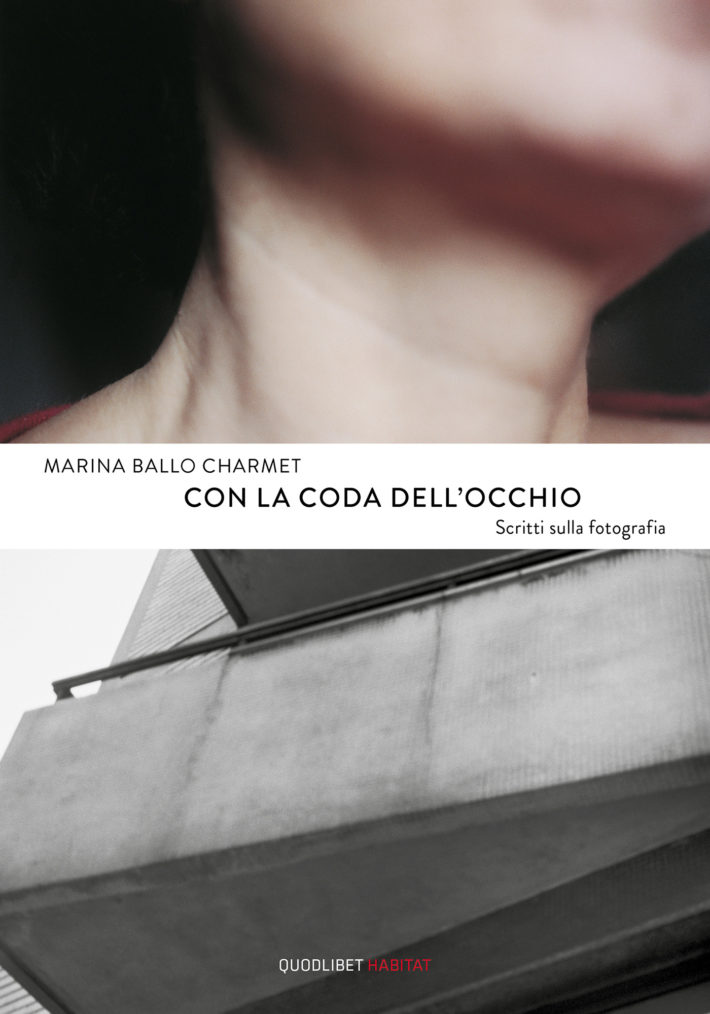30 January 2018
The concept of creativity, as explored by the British school of psychoanalysis, has influenced the photographic and video work of Marina Ballo Charmet since the beginning of her career, at the turn of the 1980s. In fact it is through photography and video that she carries out her profession as a psychotherapist for the public community services of Milan—especially where children are concerned. This strong link between psychotherapy and photography, along with the one between written word and image, comes constantly to the fore in Con la coda dell’occhio. Scritti sulla fotografia (“Out of the Corner of the Eye: Writings on Photography,” Quodlibet, 2017), where we find reflections, drawn from the author’s notes and transcriptions, that explain her attempt to communicate “something that has to do with the most authentic self and at the same time with the discovery of the world.” The figure of the child is the lens through which the entire body of her work should be viewed. Through dealing with the very young in her professional activity, a process that involves listening in a sort of mutual maieutics, Marina Ballo Charmet has discovered not only how to observe the world as an artist, i.e. “out of the corner of the eye,” but also what to look at, “the everyday, the ordinary, the uncertain.” Tackling the object-place, the body or any “existential space of daily life” in a state of wonder is essential in order to be able to represent objectively any “experience of perception.” The various chapters into which the book is divided, arranged in roughly chronological order, illustrate how Marina Ballo Charmet has combined this conceptual approach with coherent technical choices linked to the use of out-of-focus images, the adoption of an often low point of view, the placing of a distance between herself and her subjects and above all the handling of light, a fundamental and constant element. In the same way, the photographer speaks of her decisions with regard to the presentation of her works: from the size of the print, often on a 1:1 scale, to the way they are mounted. Each choice has the aim of drawing viewers into the subject of the photograph, and never placing them in front of it, so as to trigger a process of empathic identification rather than one of mere description between the work and its observer. Finally, there are pictures by photographers who have exercised a powerful influence on Marina Ballo Charmet, such as Gabriele Basilico, Lewis Baltz and Timothy O’Sullivan. Visual materials that, together with quotes from authors working in different disciplinary fields, like Anton Ehrenzweig, Salomon Resnik and Donald Winnicott, help to clarify her intentions. The volume, edited by Stefano Chiodi and including a conversation between the artist and Jean-François Chevrier, reveals, without any reservations, the secrets, the references and the doubts of her research—a decidedly rare undertaking.
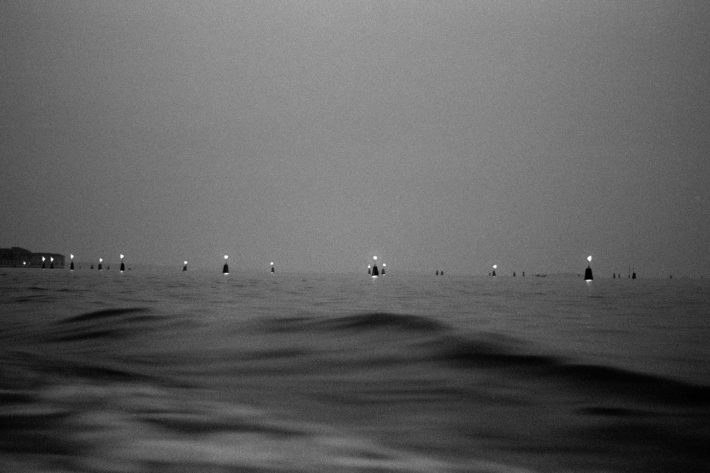
Marina Ballo Charmet, Il limite. Laguna di Venezia, 1989.
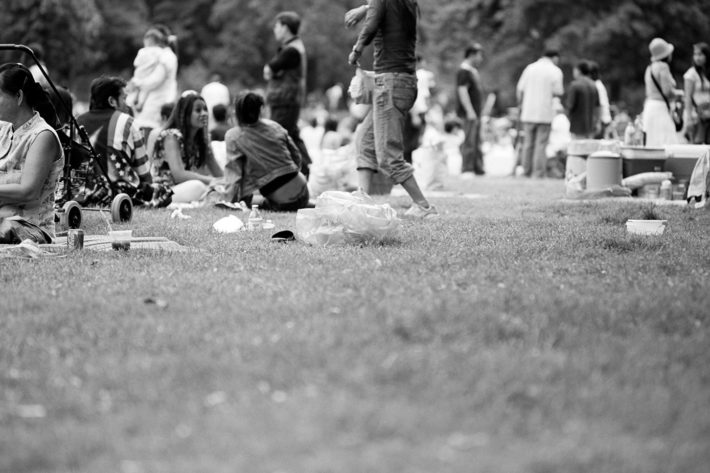
Marina Ballo Charmet, Il Parco. Berlin, Preußenpark, 2007.
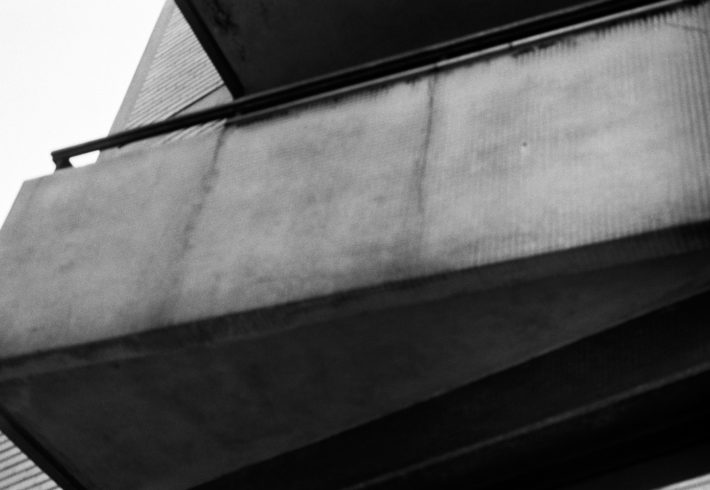
Marina Ballo Charmet, Rumore di fondo. Senza titolo #5, 1995.
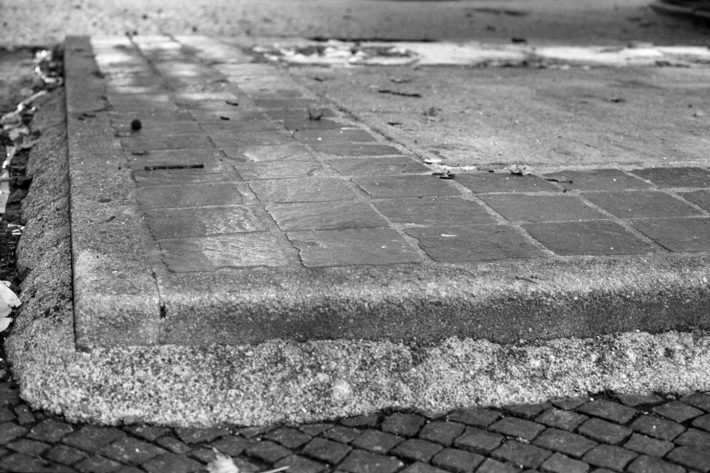
Marina Ballo Charmet, Con la coda dell’occhio. Senza titolo #28, 1993-1994.
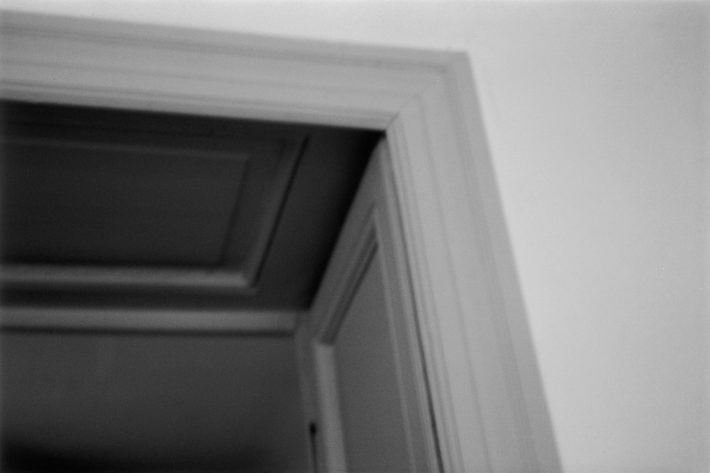
Marina Ballo Charmet, Rumore di fondo. Senza titolo #20, 1997.
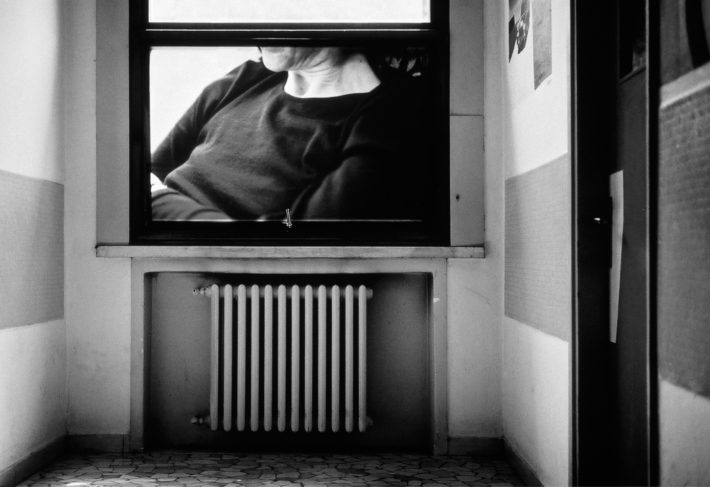
Marina Ballo Charmet, Persone, 1999, permanent installation, MAPP (Museo d’Arte Paolo Pini), Milan.
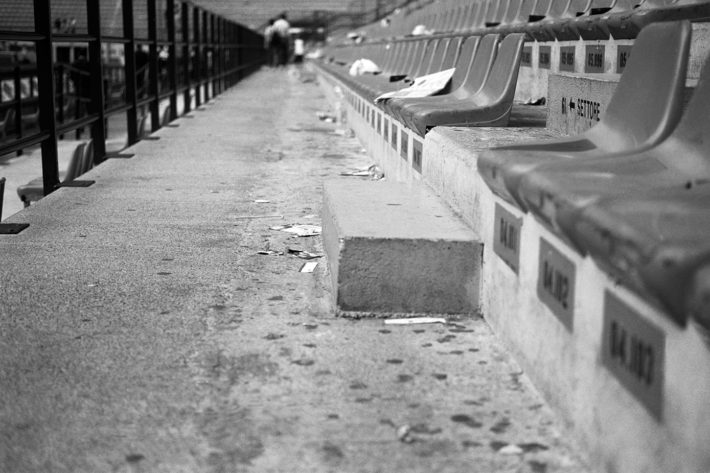
Marina Ballo Charmet, Poco dopo. Senza titolo #11, 2005.
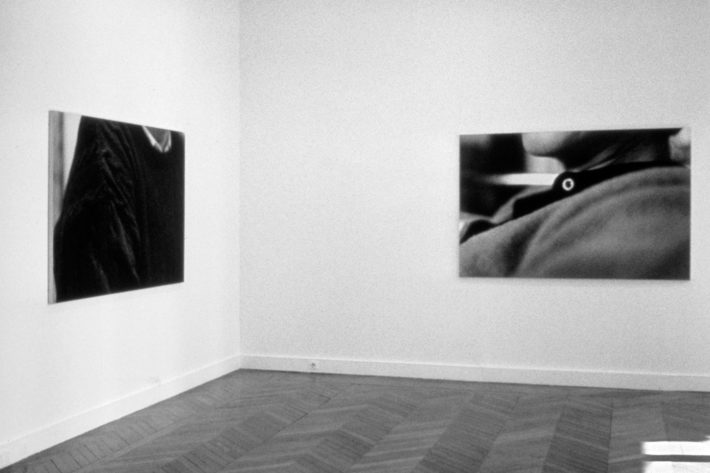
A view of the exhibition Marina Ballo Charmet, Centre National de la Photographie, Paris, 1999.
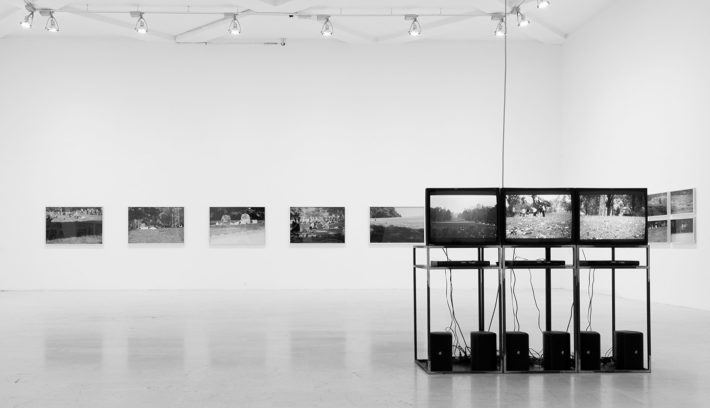
Marina Ballo Charmet, Il parco, view of the installation at the Triennale, Milan, 2008.
